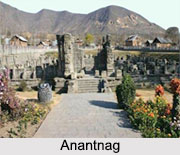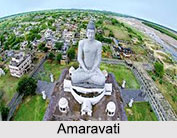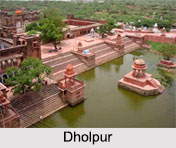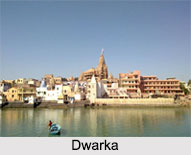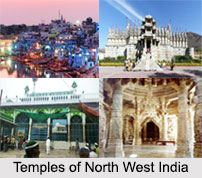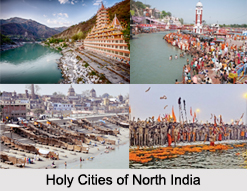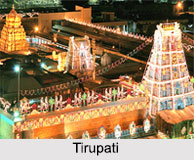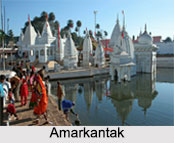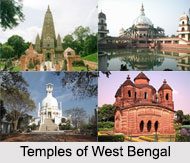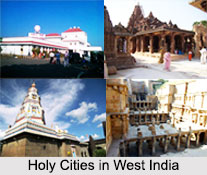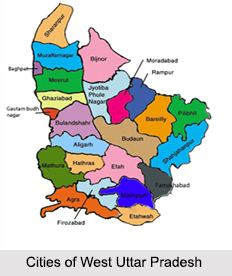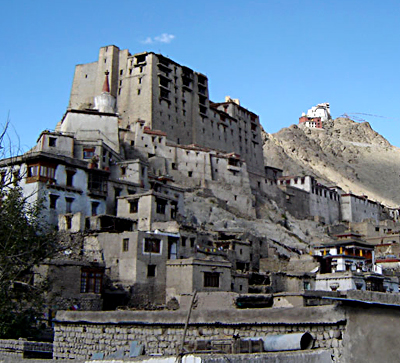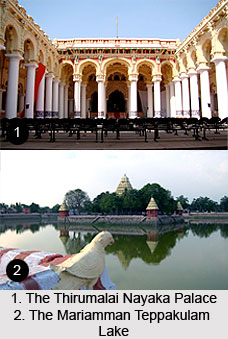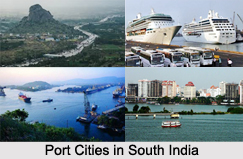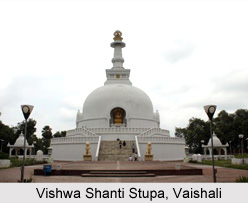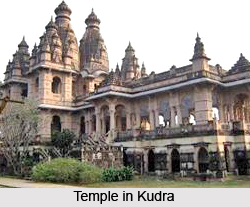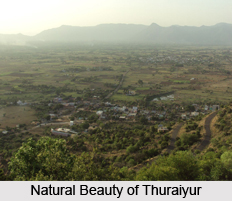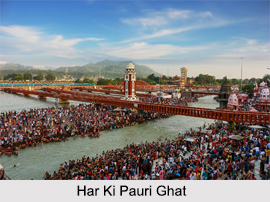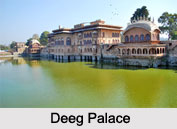 History of Deeg began from Puranic times. Deeg is now a small town which has many tourism opportunities. History of Deeg is closely linked with the history of Bharatpur. Bharatpur in British era was once the part of Princely State of India.
History of Deeg began from Puranic times. Deeg is now a small town which has many tourism opportunities. History of Deeg is closely linked with the history of Bharatpur. Bharatpur in British era was once the part of Princely State of India.
Early History of Deeg
In the Skanda Purana, Deeg is referred to as `Dirgha` or `Dirghapur`. Traditionally it falls within the territorial limits of the holy Brajbhumi or the land of Braj. It comes under the Big Parikrma Marg of Lord Krishna which started from Govardhan, popular for a legend which is only 14 kilometers away from Deeg. Deeg is also the place where Krishna`s gopinis had their skirts embellished. Their frolic is the theme of a huge range of erotic literature.
Medieval History of Deeg
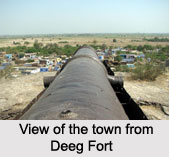 Deeg defines as a first capital city of the Jat state of Bharatpur when Badan Singh was declared as the ruler in the year 1722. The history of Deeg is intimately linked with the rise of Jats peasants of neighbouring villages of Sinsini and Thoon, against the oppression and exploitation of the Mughal Dynasty in Delhi. The credit of beginning the urbanisation of Deeg goes to Badan Singh who chose Deeg to be the capital of the newly established Jat kingdom. But it was under the reign of Suraj Mal, the son of Badan Singh, town of Deeg was beautified. He was also responsible for the improvement and development of Deeg in medieval era. Suraj Mal built the strong citadel with lofty walls of Deeg in the year 1730. Under the leadership of Suraj Mal the capital of the Jat kingdom was shifted to Bharatpur and Deeg came to be the second capital of the Rulers of Bharatpur. The military skills of Jats made Deeg the most secured city in Rajasthan in medieval era. After Suraj Mal`s death, the gardens were erected by Jawahar Singh. During the reign of Jawahar Singh, Deeg had reached the summit of glory. Deeg has witnessed many a battle in its compounds with the late Mughal rulers and the British East India Company.
Deeg defines as a first capital city of the Jat state of Bharatpur when Badan Singh was declared as the ruler in the year 1722. The history of Deeg is intimately linked with the rise of Jats peasants of neighbouring villages of Sinsini and Thoon, against the oppression and exploitation of the Mughal Dynasty in Delhi. The credit of beginning the urbanisation of Deeg goes to Badan Singh who chose Deeg to be the capital of the newly established Jat kingdom. But it was under the reign of Suraj Mal, the son of Badan Singh, town of Deeg was beautified. He was also responsible for the improvement and development of Deeg in medieval era. Suraj Mal built the strong citadel with lofty walls of Deeg in the year 1730. Under the leadership of Suraj Mal the capital of the Jat kingdom was shifted to Bharatpur and Deeg came to be the second capital of the Rulers of Bharatpur. The military skills of Jats made Deeg the most secured city in Rajasthan in medieval era. After Suraj Mal`s death, the gardens were erected by Jawahar Singh. During the reign of Jawahar Singh, Deeg had reached the summit of glory. Deeg has witnessed many a battle in its compounds with the late Mughal rulers and the British East India Company.
Modern History of Deeg
Deeg witnessed the revolts against the British East India Company by the Jats and the Maratha Empire. The reign of the Jats ended in 1776 when they were defeated by Mughal army under the command of General Mirza Najaf Khan. However after a decade, in the year 1787, Deeg was restored by the Scindia to Jat prince, Ranjeet Singh who lost it again to the British East India Company in the year 1804, but it was given back to him in 1805. From the rule of British Empire in India, Deeg was included with the Princely State of Bharatpur and Deeg lost its importance. After Independence of India in 1947, Deeg became the small town in Bharatpur District of Rajasthan.
